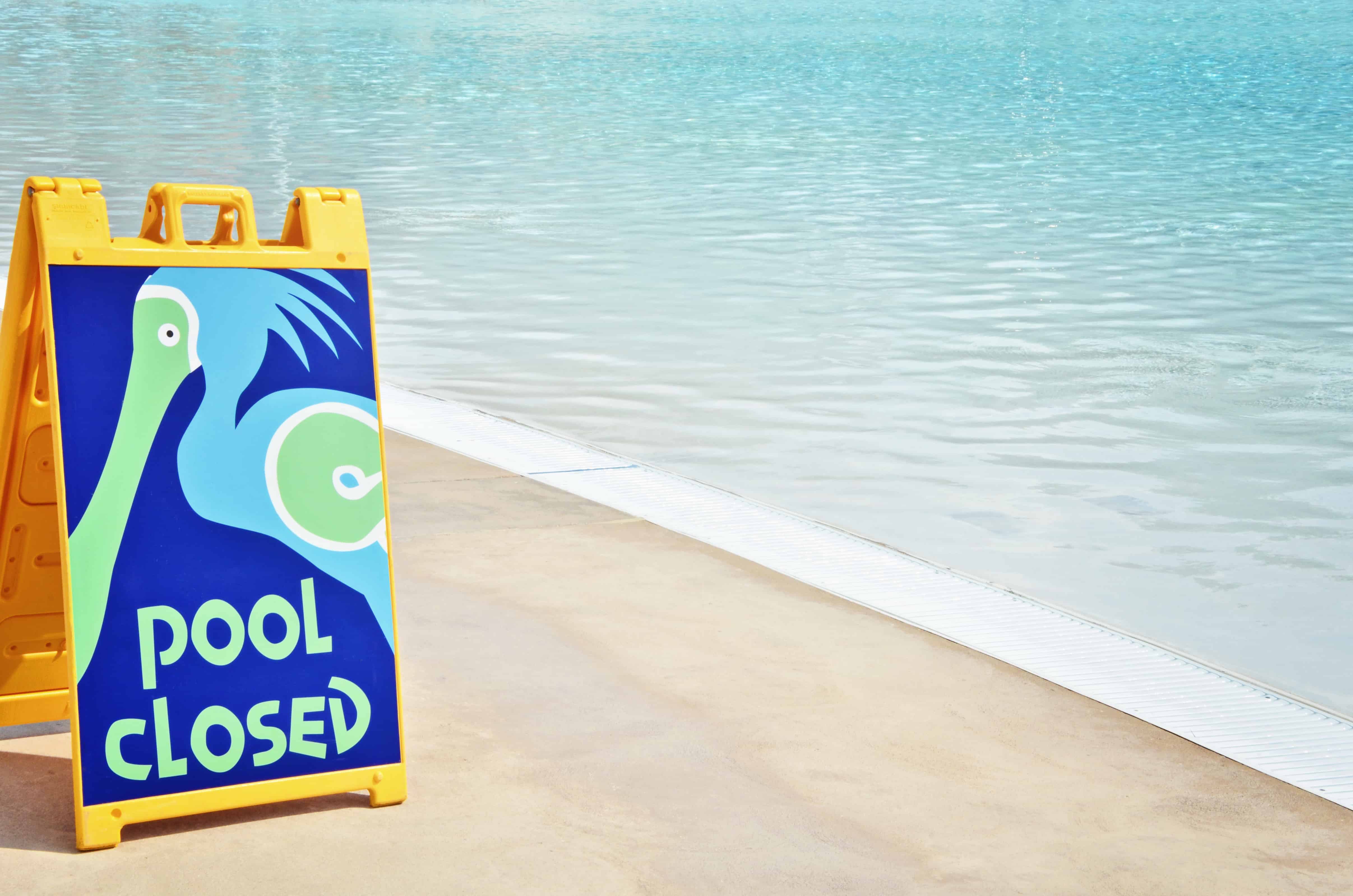A salt cell is an essential component of a salt water pool system. It’s responsible for converting salt into chlorine, which helps keep the water clean and clear. However, like any mechanical device, salt cells can experience problems from time to time.
In this post, we’ll take a look at some common problems that can occur with salt cells and provide you with solutions on how to troubleshoot them.
Problem #1: Low Chlorine Output
If you’re noticing that your pool water isn’t as clean or clear as it should be, the first thing to check is the chlorine output of your salt cell. Low chlorine output can be caused by a number of factors, including low salt levels, a dirty or damaged cell, or a malfunctioning power supply.
To troubleshoot this issue, start by checking your salt levels and ensuring they are within the recommended range.
Check your chlorinator setting. Is it high enough given your current pool usage and weather conditions? Are you running the pump enough? The chlorinator can only produce chlorine when the pump is running!
Next, inspect the salt cell and clean it if necessary. If the cell is damaged or corroded, it may need to be replaced.
Finally, check the power supply and wiring to ensure everything is working properly.
Problem #2: High Salt Levels
High salt levels in your pool can cause damage to your salt cell and reduce its lifespan. It can also cause skin and eye irritation for swimmers. If you’re noticing high salt levels, start by testing the water and checking the cell for buildup or corrosion.
If there is buildup, clean the cell using a soft brush or sponge. If the cell is corroded, it may need to be replaced. You should also consider reducing the amount of salt you add to your pool and adding fresh water to help dilute the existing salt.
If you have a chlorinator with a reverse polarity feature, this is typically automatically activated by the chlorinator as needed and will clean the salt cell for you.
But if your salt level is excessively high, the chlorinator can shut down to protect itself until the salt level comes down. This is in the extreme case. The quickest way to reduce salt level is to drain water from the pool and then refill with fresh water. This will reduce salt content but can also throw other chemicals out of whack.
Bottom line: It’s easier to add salt than remove it, so be careful when adding salt that you don’t add too much.
Problem #3: Low Water Flow
Low water flow is another common issue that can occur with salt cells. If the water flow is too low, the salt cell may not be able to generate enough chlorine to keep the water clean. This can be caused by clogged filters, a malfunctioning water flow valve, or a dirty cell.
To troubleshoot this issue, start by inspecting and cleaning your filter system. Also check side the skimmer and main basket to see if they’re full. Check for noticeable leaks, too. If the water flow valve is malfunctioning, it may need to be replaced.
Finally, inspect the salt cell and clean it if necessary.
Problem #4: Error Codes
Many salt cells come with error codes that can indicate a problem with the device. If you’re seeing an error code, consult the owner’s manual for your specific salt cell to determine the cause of the issue.
Common error codes can include low salt levels, high salt levels, and malfunctioning sensors. To troubleshoot this issue, start by checking the salt levels and inspecting the cell for damage or buildup. If everything appears to be in order, you may need to consult a professional for further assistance.
Final thoughts
Troubleshooting common problems with your salt cell is essential for maintaining a clean and healthy pool. By following these tips and solutions, you can identify and resolve issues with low chlorine output, high salt levels, low water flow, and error codes.
Remember to always consult your owner’s manual and consider hiring a professional if you’re unsure about how to properly maintain or repair your salt cell.

